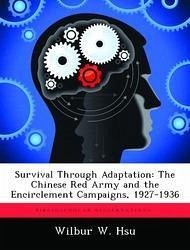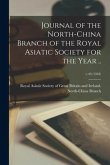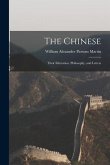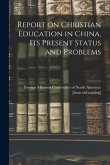This study analyzes the Chinese Red Army from 1927 to 1936 to determine how the Red Army survived attacks from external military forces and also successfully overcame the threats to its existence posed by changing Chinese Communist Party (CCP) policies. During this period, the CCP attempted to develop, expand, and professionalize the Chinese Red Army as a way to defend Communist base areas from a series of Kuomingtang (KMT) Extermination Campaigns. Also during these years, changes in the CCP leadership often placed the Red Army in dangerous situations by underestimating the KMT military threat and overestimating Red Army capabilities. This reexamination of the origin and development of the Chinese People's Liberation Army looks at the Chinese Red Army's strategy, tactics, organization, and training, and identifies four themes that helped it adapt and survive: a pragmatic strategy focused on long term success; creating local populace support through adaptation; strong soldier recruiting, training, and retention; and comprehensive officer development system.
Bitte wählen Sie Ihr Anliegen aus.
Rechnungen
Retourenschein anfordern
Bestellstatus
Storno









